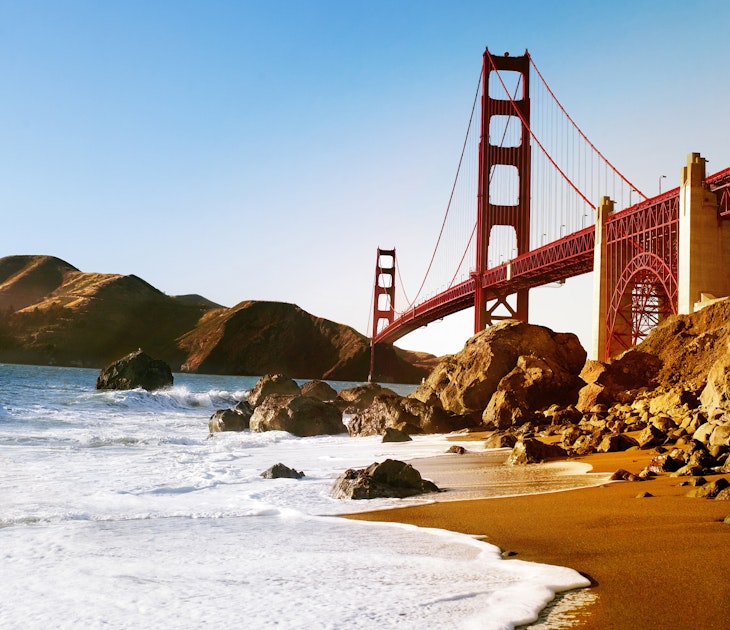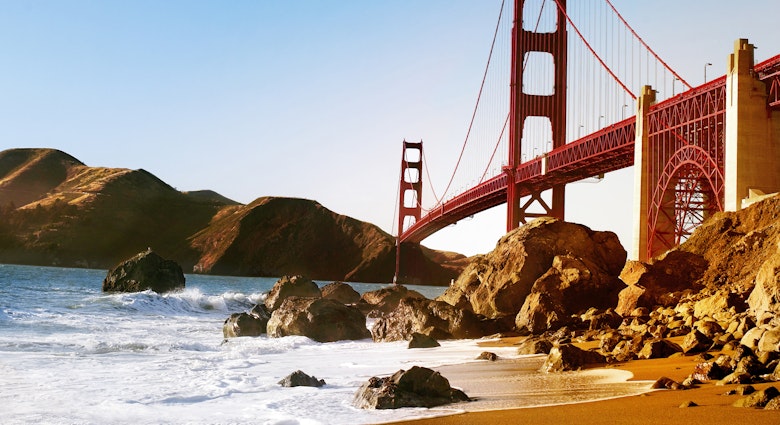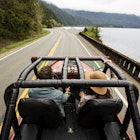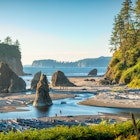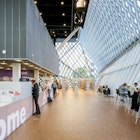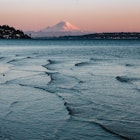Seattle isn’t exactly known for being the most affordable city to visit, but it is possible to travel to the Emerald City on a budget if you plan just right.
Although hotels and certain attractions come with hefty price tags, there are plenty of activities that are either free or low cost, and some key forward planning can really get you more bang for your buck. These tips can help you get the full Seattle experience without breaking the bank.
Take your vacation during shoulder season
Seattle is known for its beautiful summers, so it’s not surprising that June, July and August are the most popular months with tourists. But shoulder season (April to May and September to October) have fairly similar weather, lower flight and lodging costs and fewer crowds.
If there’s rain in the forecast, don’t despair — the rainfall typically isn’t heavy during shoulder season (drizzle is far more common than downpours), and it usually passes quickly. Keep an umbrella in your bag and explore the city while thinking of all the cash you're saving.
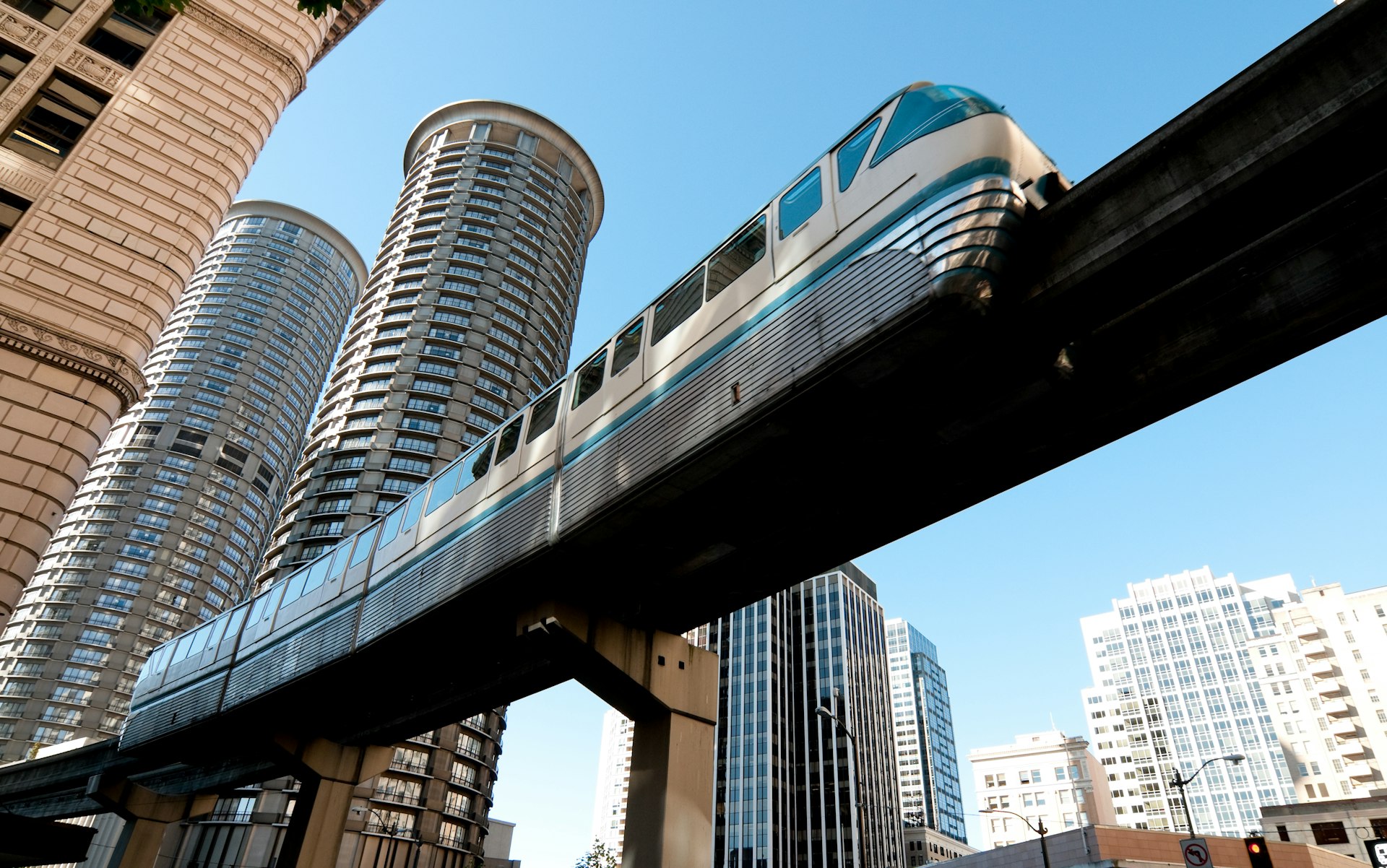
Use public transit
Rather than renting a car, use Seattle’s public transit system. You’ll need to buy an ORCA card, which can be purchased online and shipped to you or bought at participating establishments in Seattle.
Once you’ve received it, create an account on the ORCA website and put money on your card so it’s ready to use immediately upon arrival. Your ORCA card can be used on the Link Light Rail, bus, monorail, streetcar and ferry.
Stay in a hostel rather than a hotel
Staying in Seattle on the cheap isn’t an easy feat, but there are ways to make it more affordable. Downtown Seattle is home to some of the city’s most popular attractions, such as Pike Place Market and the waterfront, and it’s close to a number of public transit options. It’s a convenient location, but the hotels are pricey, so a hostel is the best option.
The Green Tortoise, located across the street from Pike Place, is a bargain. A single bed in a dorm room starts at $41 per night, and private rooms start at $139 per night. If you prefer a hotel to a hostel, Ace Hotel is also located in the downtown area, and rates are around $190 per night. As always, book as far in advance as possible.

Swap restaurants for farmers markets
Seattle has no shortage of expensive restaurants, but it's surprisingly easy to dine on a budget. Instead of relying solely on sit-down restaurants, get your meals and snacks at farmers markets and food trucks.
Make use of the Seattle Neighborhood Farmers Markets, where vendors serve up ready-made food, and you can also gather essentials like bread, cheese and sweets. Bring your haul to Gas Works Park for a relaxing picnic with a beautiful view.
Eat out during happy hour
Of course, you’ll want to try some of the excellent restaurants Seattle has to offer, and there’s an affordable way to do so: wallet-friendly happy hours. In addition to drink deals, the food menus are also reasonably priced. Some of the best happy hours in Seattle can be found at Serious Pie, Toulouse Petit, Ocho and Japonessa.
Use the Seattle CityPASS
If your must-see attractions include the Space Needle and the Seattle Aquarium, definitely make use of Seattle’s CityPASS. It costs $119 for adults (ages 13 and up) and $89 for children five through 12, which slashes admission fees by 46%.
The CityPASS offers admission to the Space Needle and the Seattle Aquarium and three additional attractions of your choice: Argosy Cruises Harbor Tour, Museum of Pop Culture, Woodland Park Zoo and Chihuly Garden and Glass. It's valid for nine consecutive days, starting the day you first use it at an attraction.
Take in the views at Columbia Tower’s SkyView Observatory
The Space Needle is an iconic Seattle staple, but it’s actually not the best place to get a panoramic view of the city. That honor goes to the SkyView Observatory located on the 73rd floor of Columbia Tower. It’s nearly twice the height of the Space Needle, and general admission is $30 (it costs $30-$42.50 to visit the Space Needle).
Columbia Tower's observatory is spacious, so you can wander throughout and take in views of the mountains and the cityscape.
If you don’t want to shell out the $30 admission fee, head to the Starbucks on the 40th floor of Columbia Tower. Although it’s significantly lower than the observatory, you’ll still get an excellent view for the price of a latte or pastry.
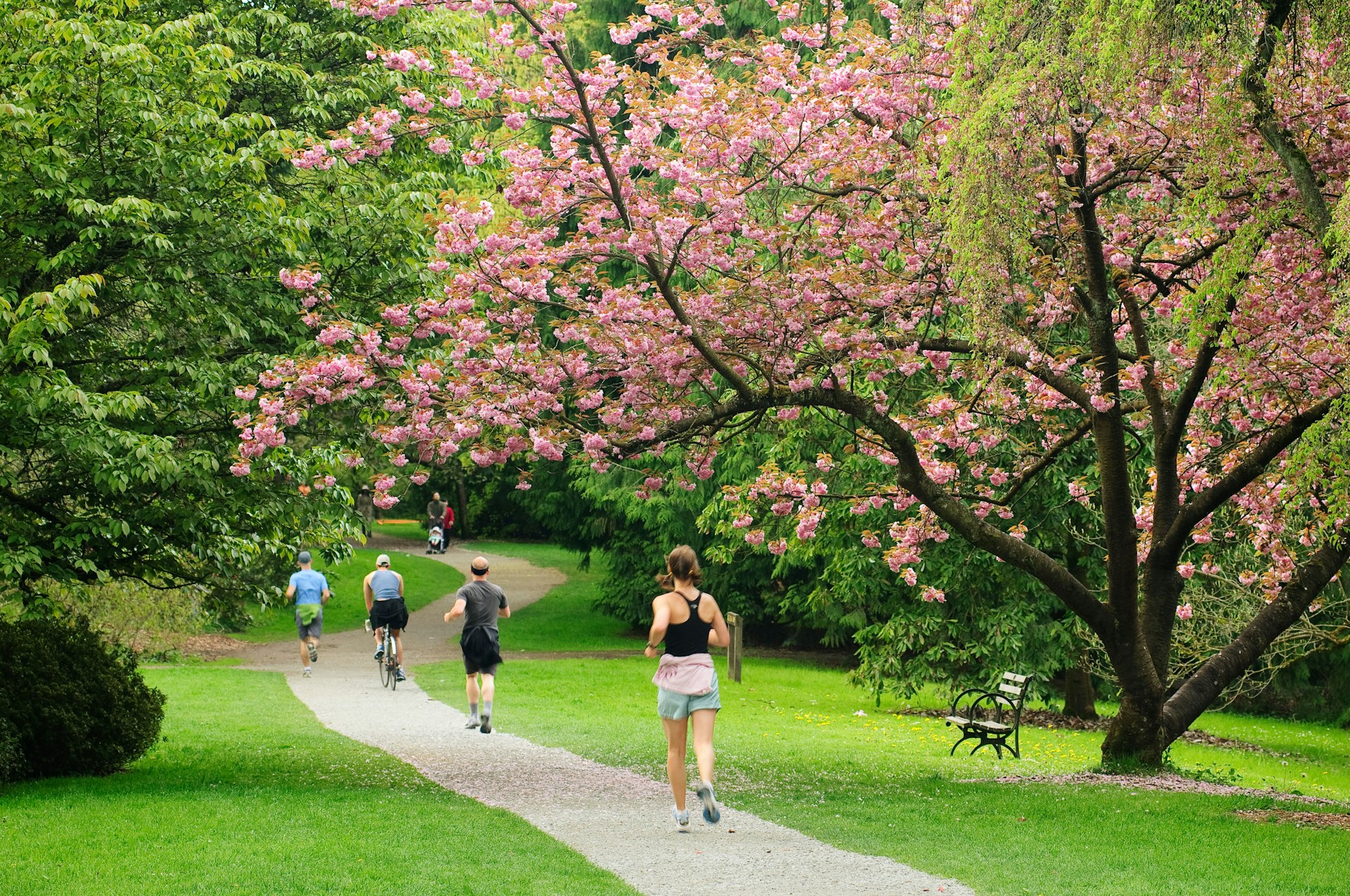
Visit the Washington Park Arboretum and the Volunteer Park Conservatory
The 230-acre Washington Park Arboretum is free and a definite “don’t miss” during a trip to Seattle. Stroll the miles of nature trails through forests and wetlands and enjoy the nearly 6000 plant species that grow on the grounds. Springtime is especially magical; that's when the azaleas are in full bloom.
The Seattle Japanese Garden located within the arboretum is well worth the entry fee, which is $10 for adults and $6 for children 17 and under, students and seniors. It's free entry for kids aged five and under.
Located on 3.5 acres, it’s a peaceful spot for a leisurely stroll along the garden’s central pond, where you’ll find a variety of plants, bridges, architecture and brightly colored koi fish.
The Volunteer Park Conservatory, located in the Capitol Hill neighborhood, is just $6 for adults 18 and up and $4 for children between the ages of six and 17. If you time it right, you can visit for free – there's no admission fee on the first Thursday and Saturday of each month.
It includes a botanical garden and a variety of indoor “display houses,” including a Seasonal House, Palm House and Cacti and Succulent House. While you’re there, be sure to check out the Volunteer Park Water Tower, which is free. Climb to the top, and you’ll be rewarded with 360-degree views of the city.
Take a day trip to Bainbridge Island
If you have time for a day trip, take the ferry to Bainbridge Island. The walk-on fare is $9.45 for adults and free for children ages 18 and under, depending on the season. The return trip to Seattle is free.
The ferry drops you off near Winslow, a walkable village with attractions including The Bainbridge Island Museum of Art, boutique shops, Eagle Harbor Book Co., restaurants and MORA Iced Creamery.
Get out on the water
Seattle’s mix of culture and nature is one of the city’s best qualities — and there’s no shortage of affordable activities on the water. The Waterfront Activities Center at the University of Washington (which is located near the Arboretum) rents out canoes for $16 an hour, single kayaks for $19 an hour and double kayaks for $23 an hour.
The Northwest Outdoor Center offers rentals for stand-up paddleboards and single, double and triple kayaks that can be taken out on Lake Union. A single kayak or paddleboard costs $23 for the first hour, and you’ll receive a prorated rate for the following hours.
Take the water taxi to West Seattle for an affordable and scenic commute; the fare is just $5 if you use your ORCA card. West Seattle is home to Alki Beach and Alki Kayak Tours; a single kayak costs $25 per hour, and a double is $40 per hour.
Average daily costs in Seattle
Hostel room: From $41–139
Basic room for two: From $190
Self-catering apartment (including Airbnb): From $150
Public transportation ticket: $2.25 for one ride; $8 for a regional day pass
Coffee: $3–5
Sandwich: $8–15
Dinner for two: $60–100
Beer/pint at the bar: $7–10

